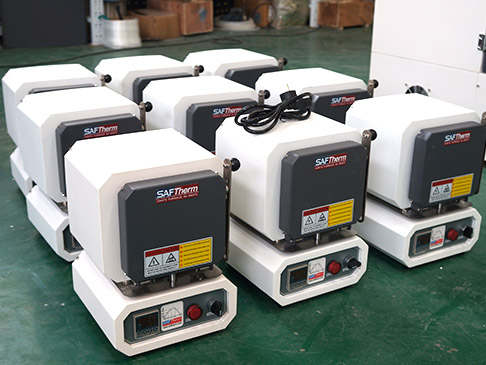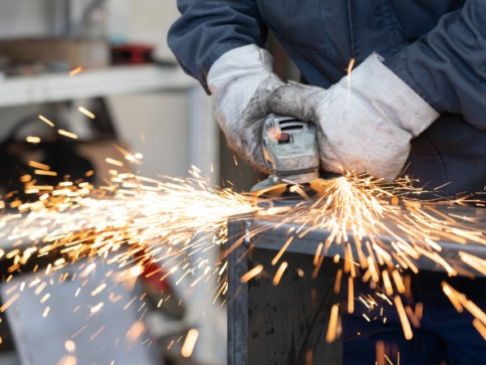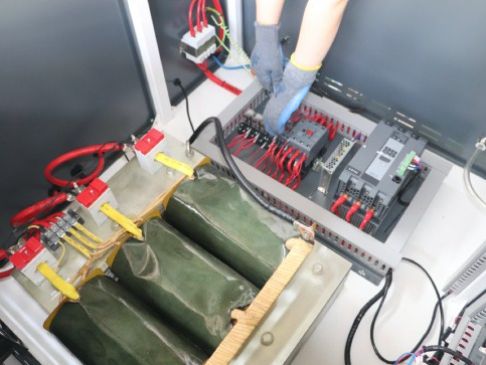Time:
Laboratory furnaces can be built to perform a wide range of applications, and their range of features can be broad.
The size of the laboratory furnace is an important consideration. The volume of the furnace must be sufficient to suit the spatial needs of the samples being heated, and ideally, multiple samples should be accommodated. There are three main types of laboratory furnaces; benchtop, cabinet, and walk-in. Benchtop is the smallest furnace and walk-in are the largest.
The temperature of the laboratory furnace is another feature that can be altered when choosing the most suitable furnace. There are three different technologies that can be used to regulate the temperature within the furnace, including a thermostat, which has a simple on/off switch that engages the heating element to maintain a set temperature. Proportional control still uses a thermostat to monitor oven temperature, but heating is eased as it approaches the preheat vale to prevent overheating. PID control is a processor that calculates the amount of energy required to maintain the laboratory furnace at a set temperature and considers it against the heat loss, this method is typically the most energy efficient.
Depending on the application requirement, the air intakes and exhausts can be adjusted to release or withhold humidity, and they are also required to eliminate VOCs and fumes. Thermal insulation within laboratory furnaces improves efficiency as it reduces the rate of thermal transfer. These furnaces are typically made of steel, which helps to prevent any radiant heat from the oven exterior.

Related News

ndustrial furnaces are used globally for a wide range of applications. As the selection of applications grew, different types of furnaces were developed to keep up with demands.
ASHING FURNACES
Ashing furnaces are used to determine the amount of ash that forms after a sample is burned. Typical materials used as samples in ashing furnaces are petroleum products, lubricating oils, and coal.

Our furnaces can be used in high-temperature tempering, annealing, quenching and other
Get A Free Quote
Submit Request